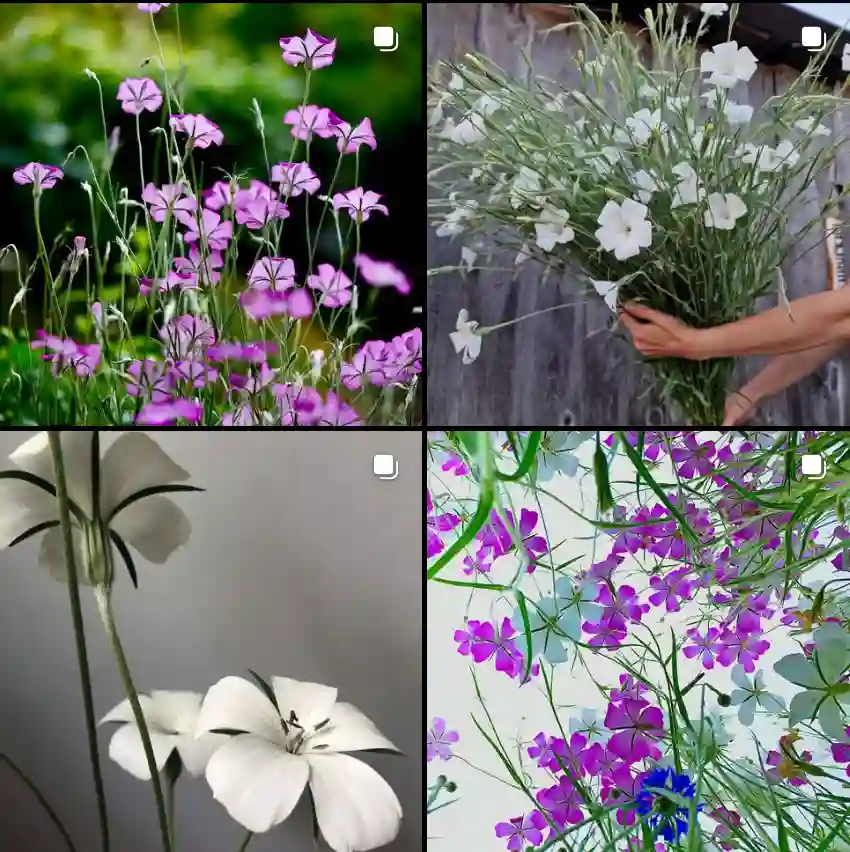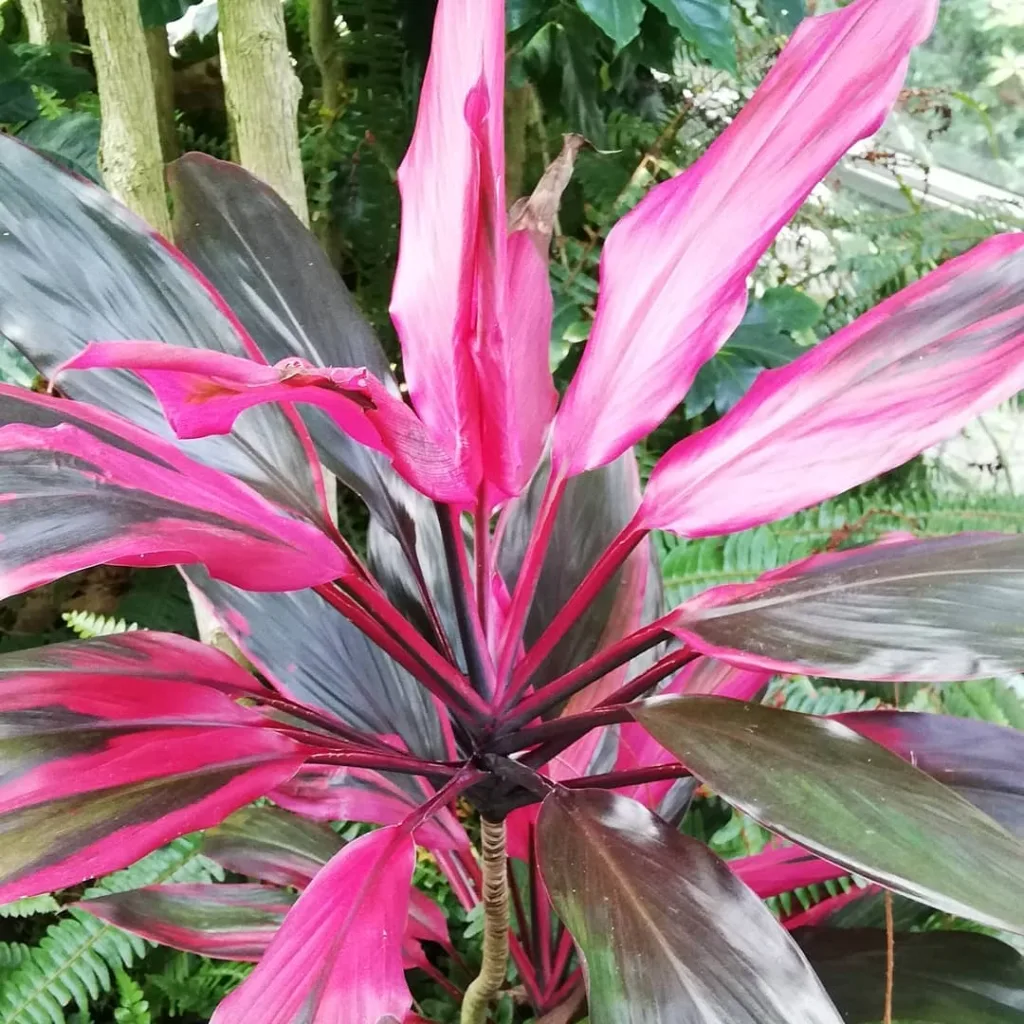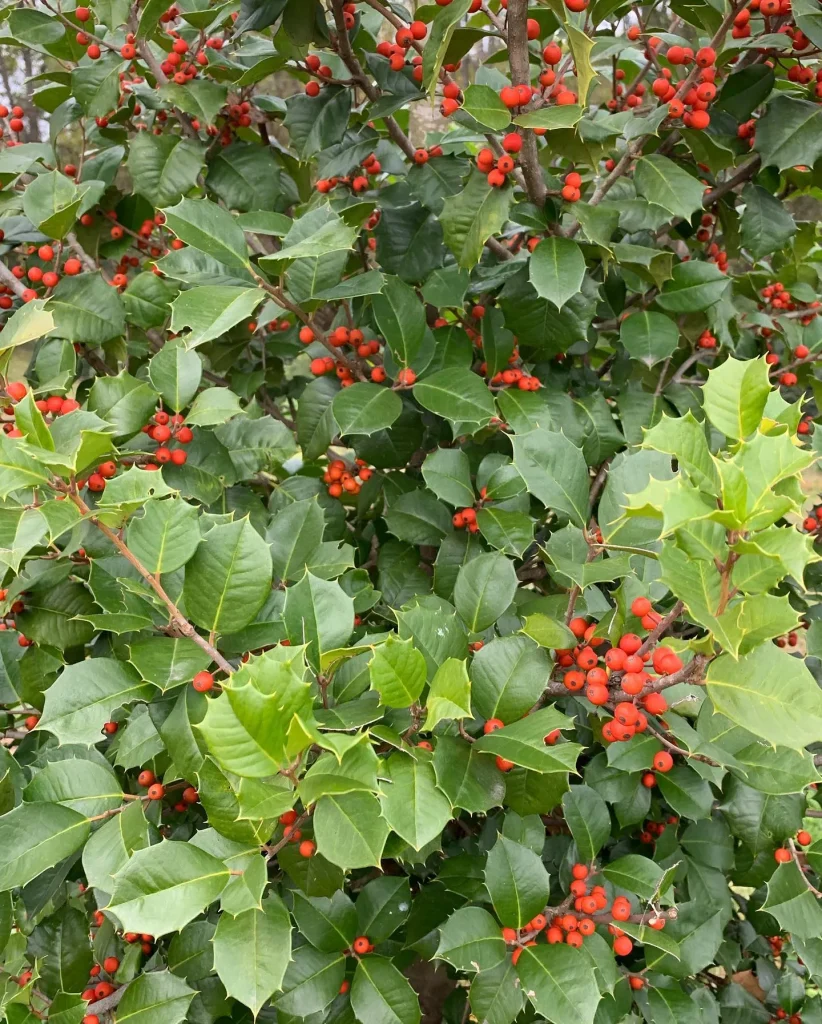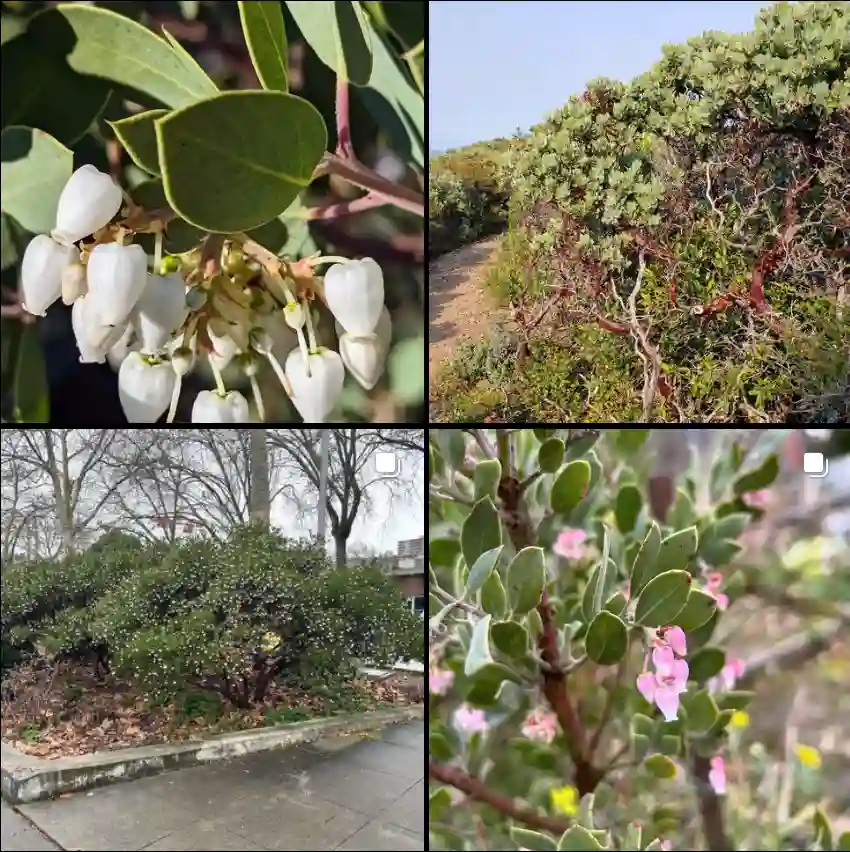Discovering Zizania
My fascination with Zizania began unexpectedly. I was researching aquatic plants for a project when I stumbled upon this unique genus. Its common name, “wild rice”, intrigued me. I delved deeper, learning about its historical significance as a food source and its ecological importance in wetland ecosystems. The more I learned, the more captivated I became.
What is Zizania?
Zizania is a genus of aquatic grasses in the Poaceae family. These plants are known for their grain-like seeds, which have been a staple food for indigenous peoples in North America and Asia for centuries. Wild rice is not actually rice (Oryza sativa) but a distant relative. It thrives in shallow water and is often found in marshes, lakes, and slow-moving rivers.
Species within the Genus
The genus Zizania comprises four distinct species:
- Zizania aquatica: This species, commonly known as annual wild rice or southern wild rice, is native to North America. It’s an annual plant, meaning it completes its life cycle in one year.
- Zizania palustris: Also known as northern wild rice, this species is native to North America and is also an annual. It’s commercially cultivated for its grain and is popular in gourmet cuisine.
- Zizania latifolia: This perennial species, known as Manchurian wild rice, is native to East Asia. Unlike the other species, its grain is not the primary focus. Instead, it is cultivated for its swollen stems, which are consumed as a vegetable in China and other Asian countries.
- Zizania texana: This critically endangered species, known as Texas wild rice, is found exclusively in a small region of central Texas. It faces threats due to habitat loss and water pollution.
The Beauty of Adaptation
What I find particularly remarkable about Zizania is its adaptation to aquatic environments. These plants have evolved unique features that allow them to thrive in waterlogged conditions. Their stems are hollow, enabling them to stand upright in water. Their leaves are long and slender, reducing water resistance and allowing them to sway gracefully with the currents. Even their flowering structures are adapted for water dispersal, with the male flowers positioned above the female flowers to facilitate pollination by wind and water.
Ecological Significance
Zizania plays a crucial role in wetland ecosystems. It provides food and habitat for a variety of wildlife, including waterfowl, fish, and invertebrates. Its dense stands help stabilize shorelines, preventing erosion and filtering pollutants from the water. Furthermore, Zizania contributes to the overall biodiversity of wetland ecosystems, making them richer and more resilient.
Cultural and Economic Importance
Throughout history, Zizania has held cultural and economic significance for various communities. Native American tribes have traditionally harvested wild rice for food and ceremonial purposes. In some cultures, it is considered a sacred plant, symbolizing abundance and resilience. Today, wild rice is a gourmet food, prized for its nutty flavor and nutritional value. It’s a source of income for many communities, particularly in North America and Asia.
Conservation Concerns
Despite its resilience, Zizania faces numerous threats, including habitat loss, water pollution, and invasive species. The increasing demand for agricultural land and urban development has led to the destruction of many wetlands, the natural habitat of wild rice. Pollution from industrial and agricultural runoff further degrades water quality, affecting the growth and survival of these plants. Invasive species, such as reed canary grass, can outcompete Zizania for resources, further threatening its existence.
Looking Ahead
The future of Zizania depends on our collective efforts to conserve its habitat and promote sustainable practices. We need to protect existing wetlands, restore degraded ones, and reduce pollution from entering waterways. Supporting sustainable wild rice farming practices can also help ensure the long-term viability of this valuable resource. By appreciating the ecological, cultural, and economic importance of Zizania, we can contribute to its preservation for future generations.
Conclusion
My journey into the world of Zizania has been an enriching experience. It has deepened my understanding of the interconnectedness of nature and the importance of preserving biodiversity. As I continue to explore the fascinating world of plants, I will always cherish the unique charm and resilience of wild rice.
If i die, water my plants!



